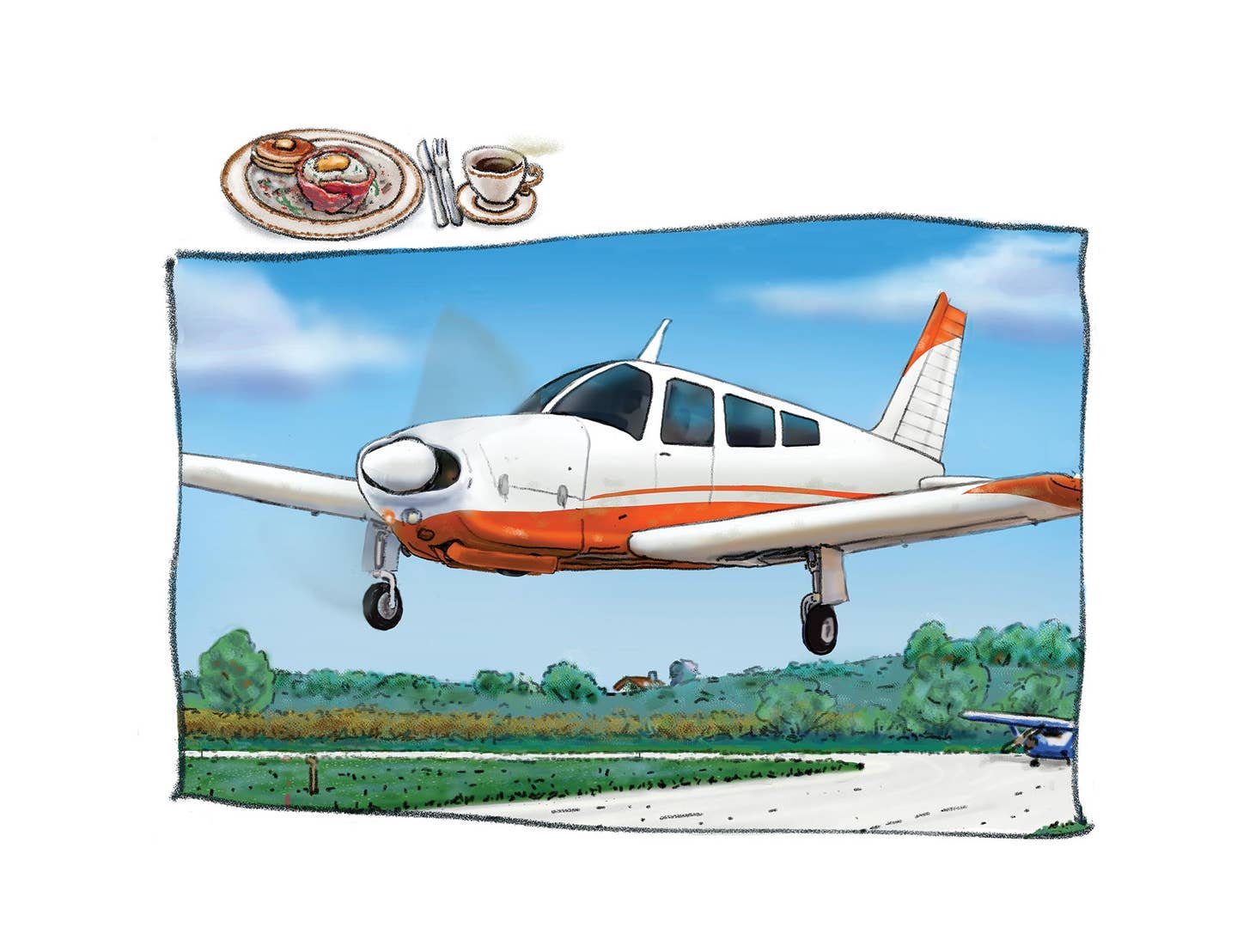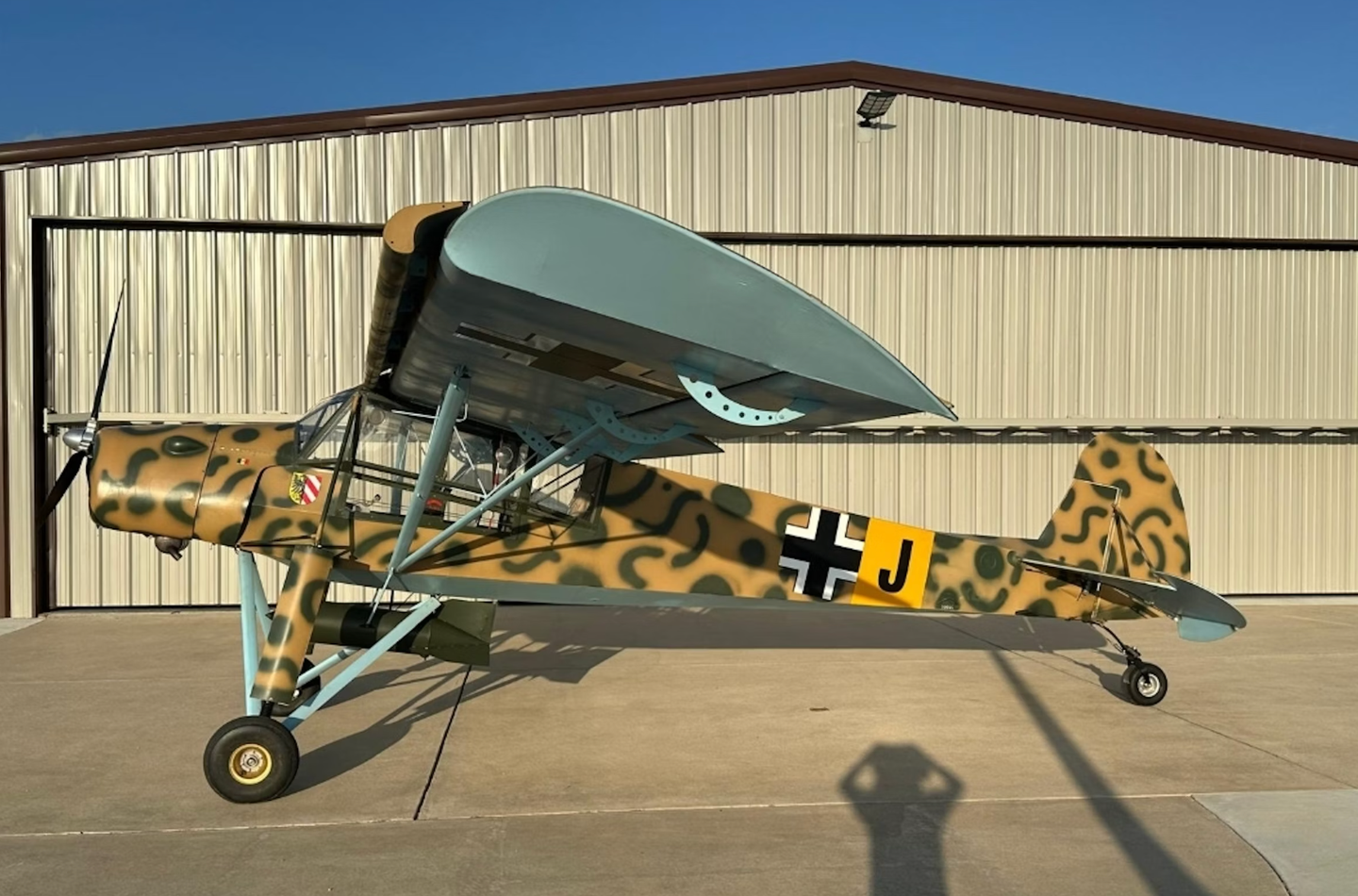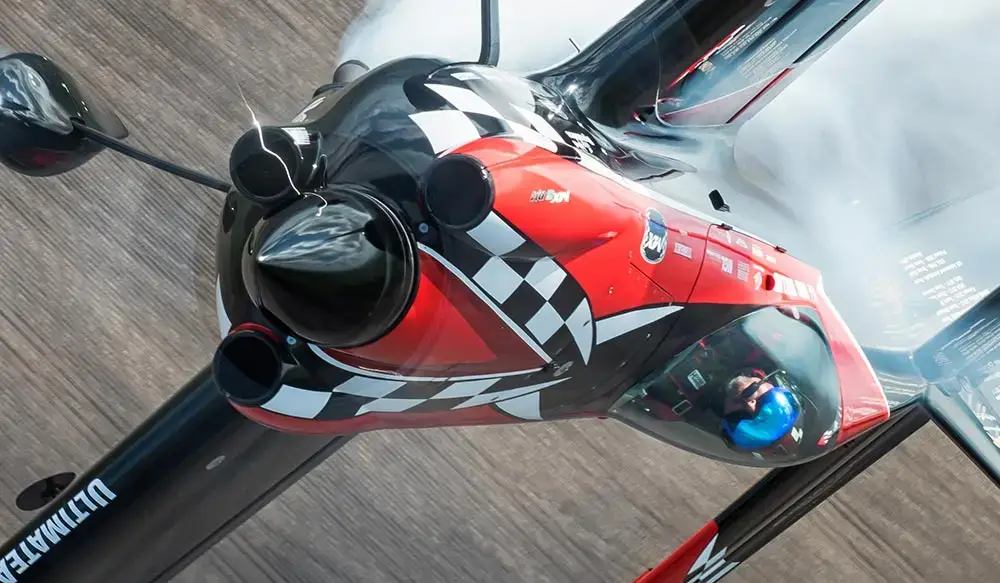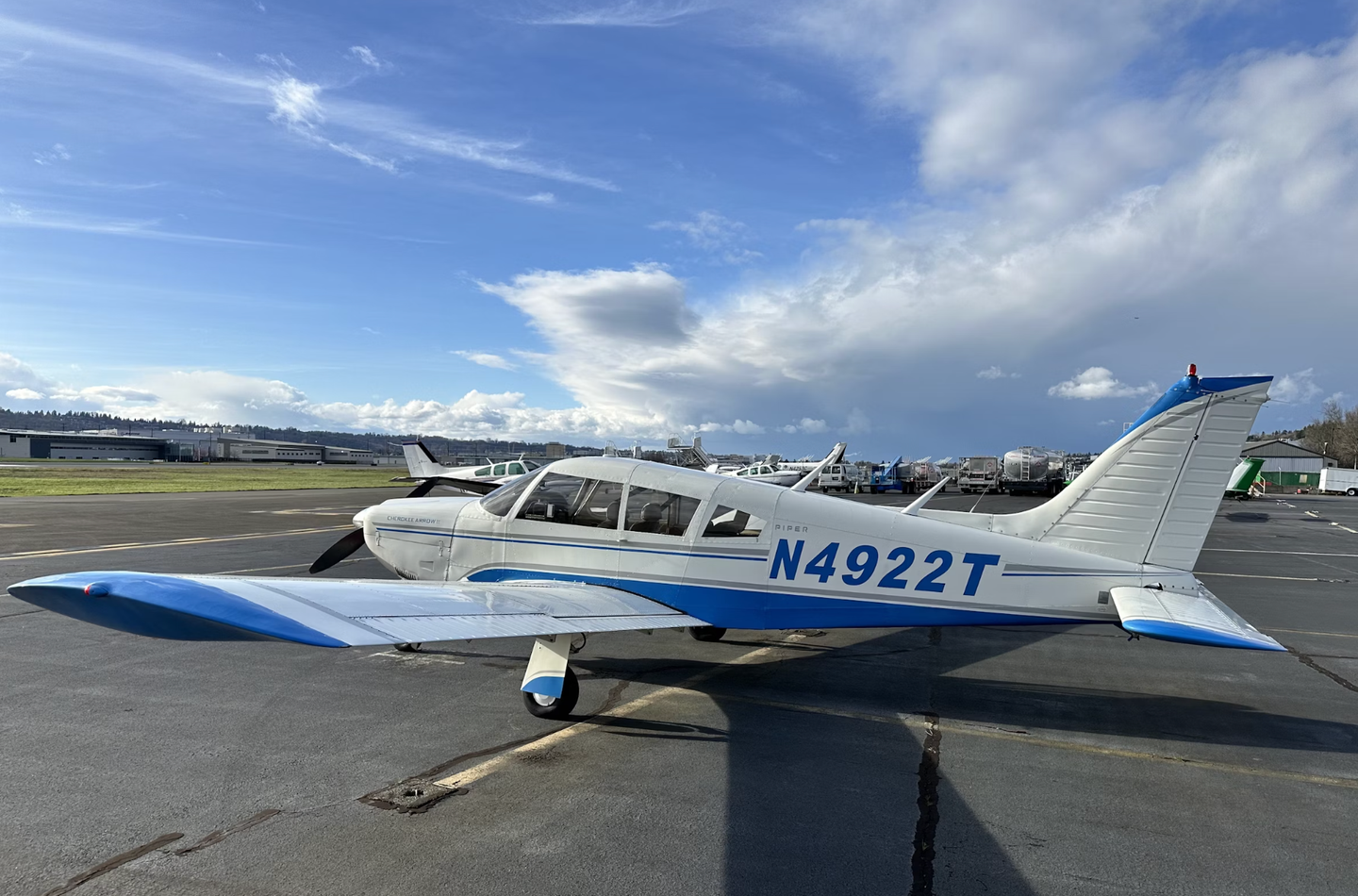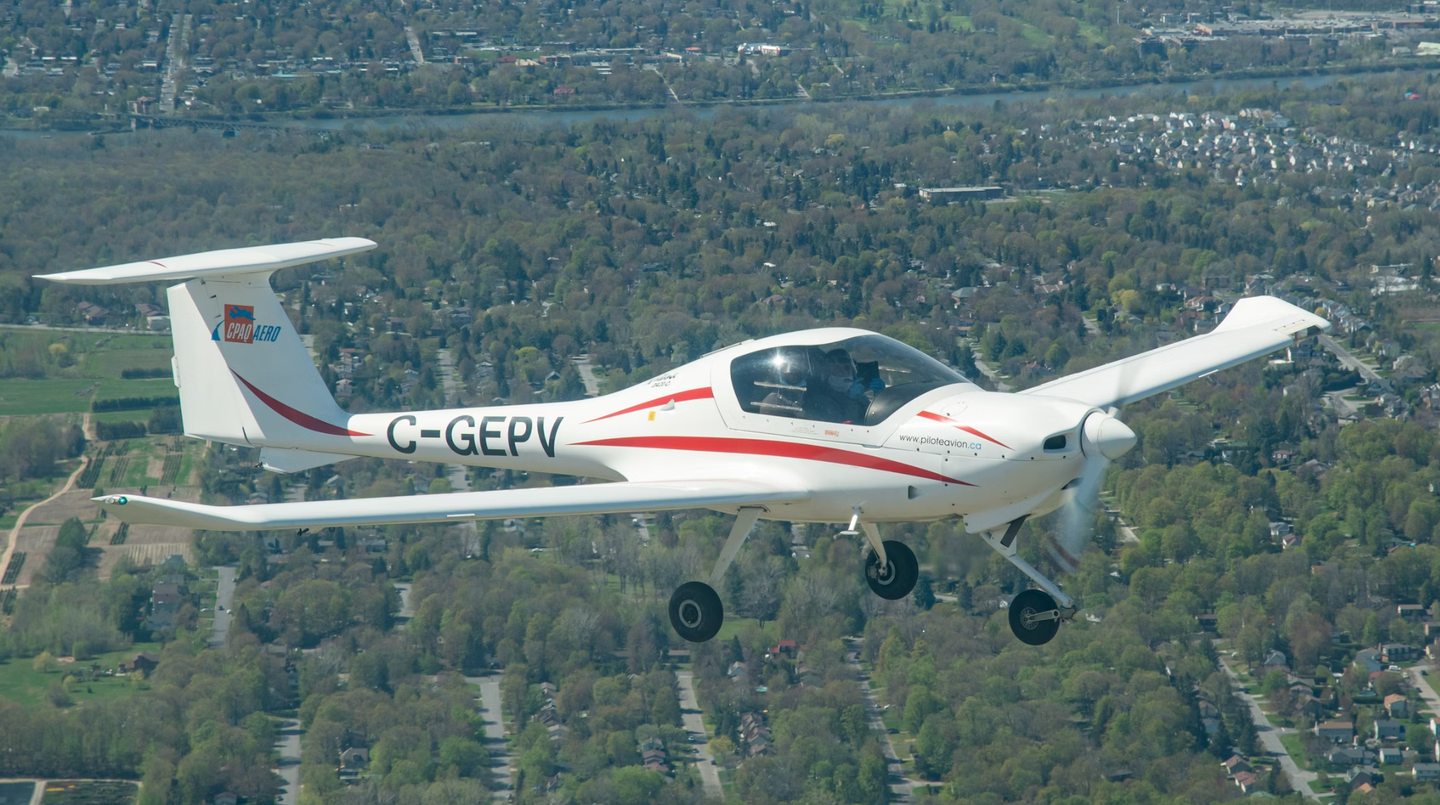One Non-Delusion: A Glimmer Of Hope Amid Economic Calamities
It wasn’t until the late 1920s that small and fairly flyable designs by companies like Aeronca, with its C-3 flying bathtub, and Taylor Aircraft, with its Cub, were introduced that…
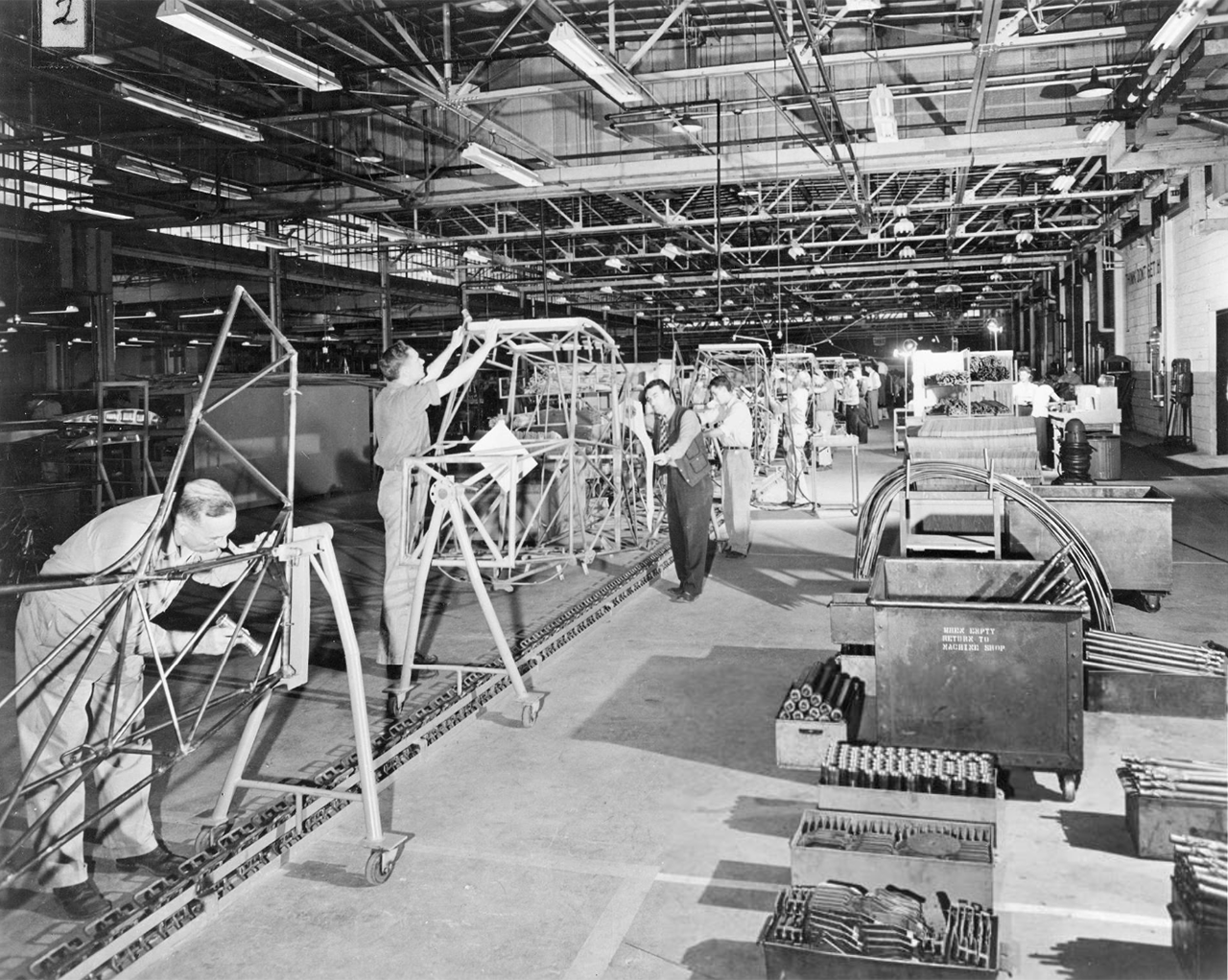
The Aeronca Aircraft factory floor, busy at work. Along with several other plane makers, Aeronca helped fuel a massive oversupply of aircraft following the end of World War II. It would take America another 10 years to get manufacturing right sized. Courtesy of the Midpointe Library System
It wasn't until the late 1920s that small and fairly flyable designs by companies like Aeronca, with its C-3 flying bathtub, and Taylor Aircraft, with its Cub, were introduced that made sense for the average person to own and that they could go flying in and reasonably be expected to return, both plane and occupants, in one piece.
But nearly all of that potential progress was derailed by the Great Depression of the 1930s, when the thought of buying an aircraft was the last thing on most people's minds.
Enter the rise of fascism in Europe and Asia in the mid-1930s and the world war it ignited. World War II would change everything we thought we knew about flying. By the time of Pearl Harbor, airplanes were far more reliable, more durable, better performing and more readily available than ever before. And for hundreds of thousands of men, and more than a few women, around the world, the dream of flying got gift-wrapped by their respective governments and dropped in their laps, though hundreds of thousands paid the ultimate price for that training.
While firm numbers are hard to come by, based on the hundreds of thousands of air crewmembers trained each by the United States and Great Britain, along with what must have been even greater numbers in the Soviet Union and perhaps Germany, it's likely that nations trained more than a million pilots, and possibly as many as 2 million, in the years leading up to and during World War II. Hundreds of thousands of pilots perished during the war in battle and, even more commonly, in training accidents. But by the end of the global conflict, hundreds of thousands more returned home, many of them hoping to keep flying as private citizens somehow.
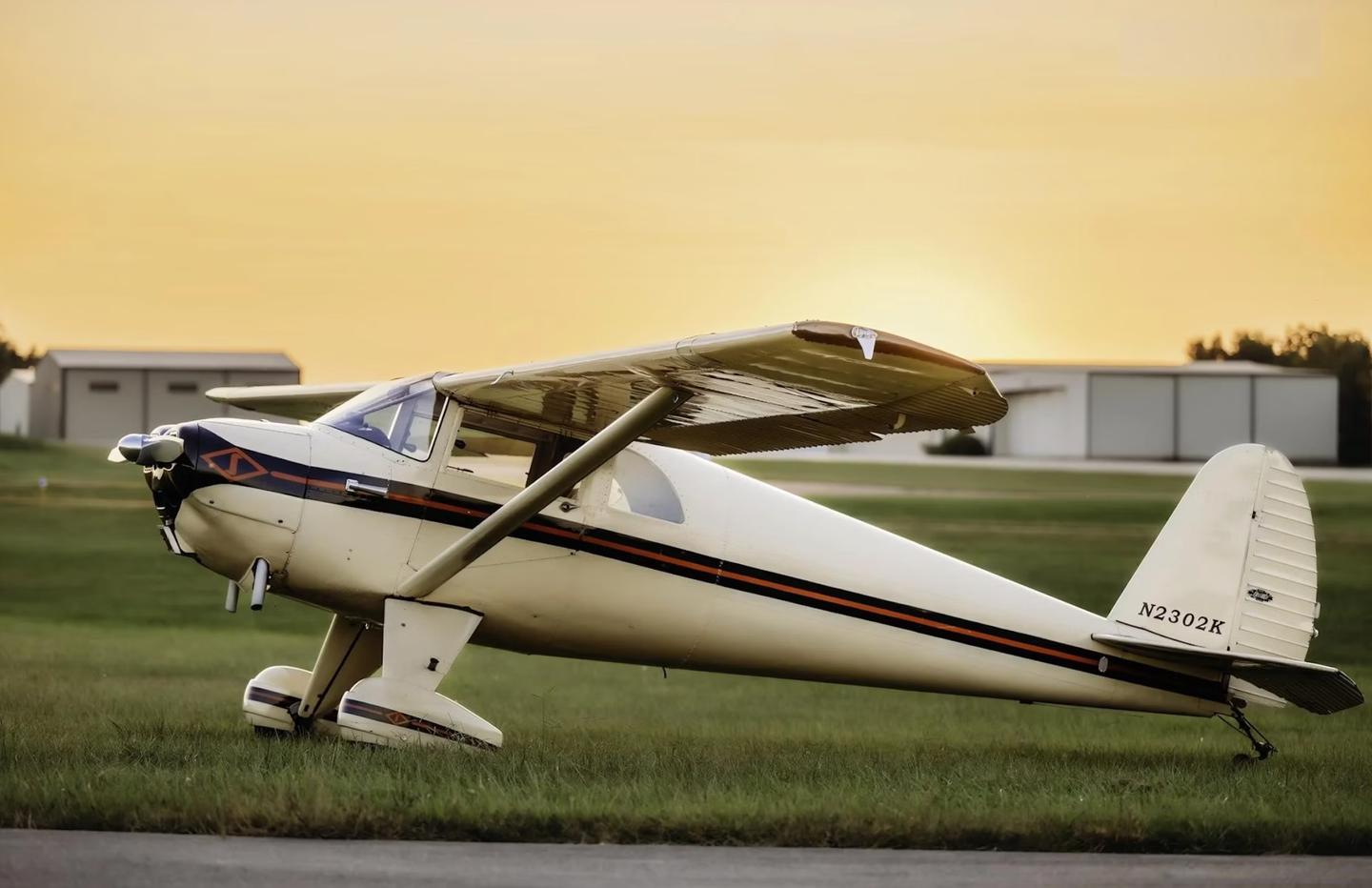
Subscribe to Our Newsletter
Get the latest Plane & Pilot Magazine stories delivered directly to your inbox

